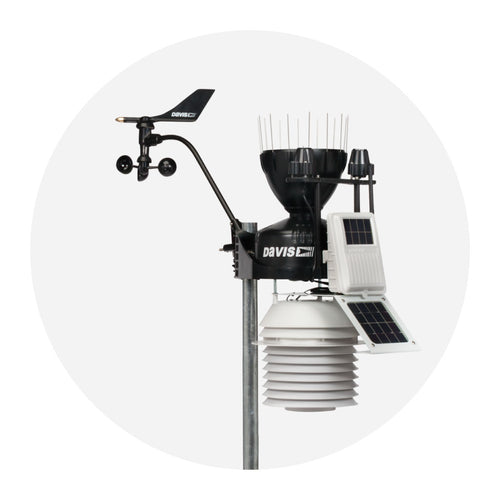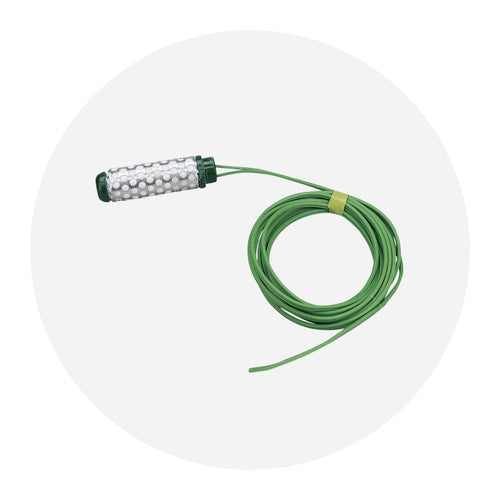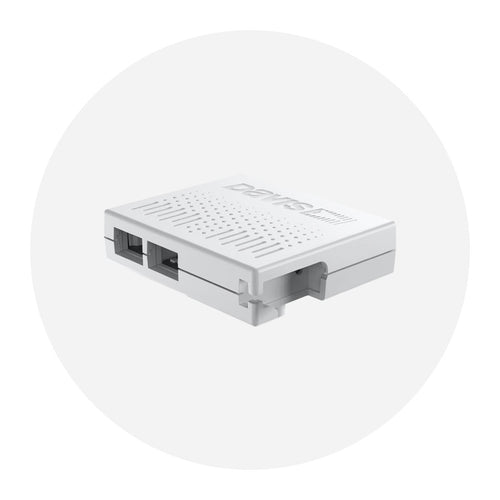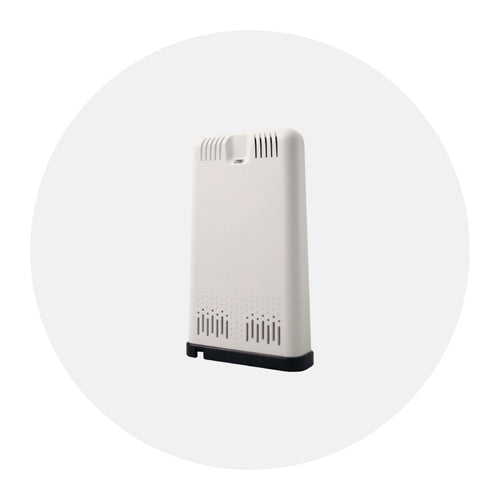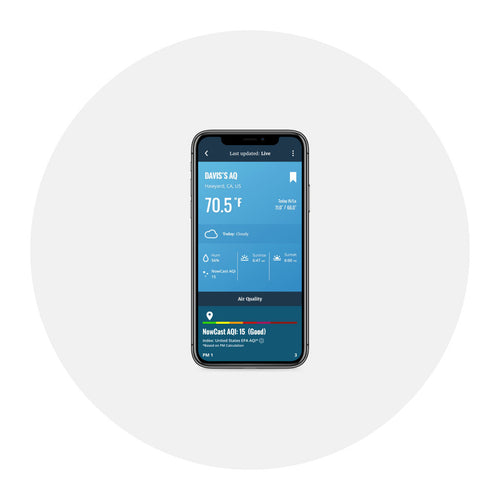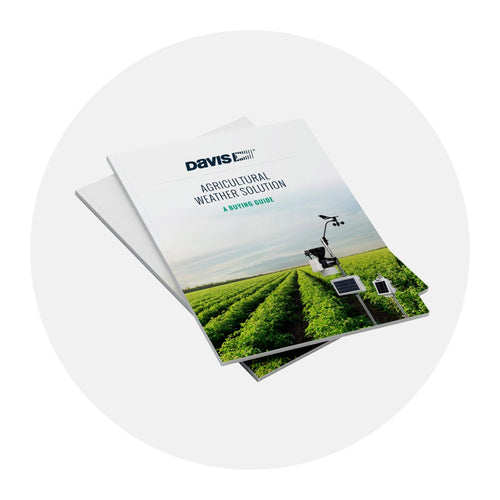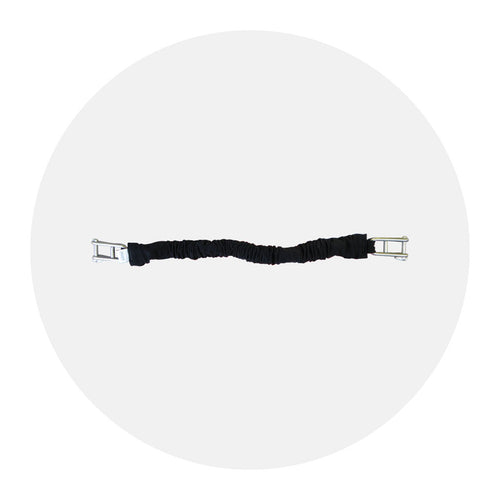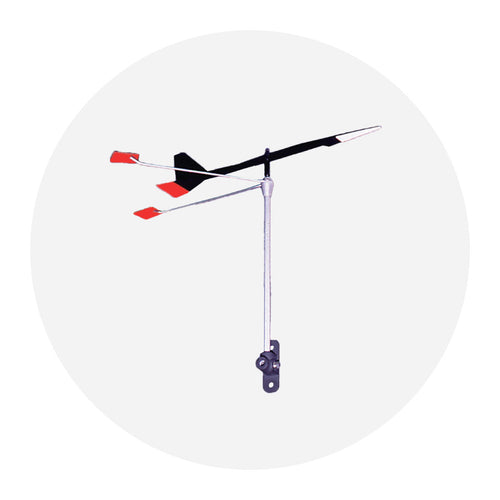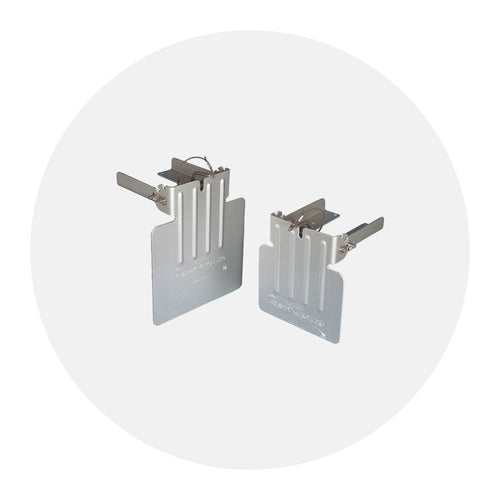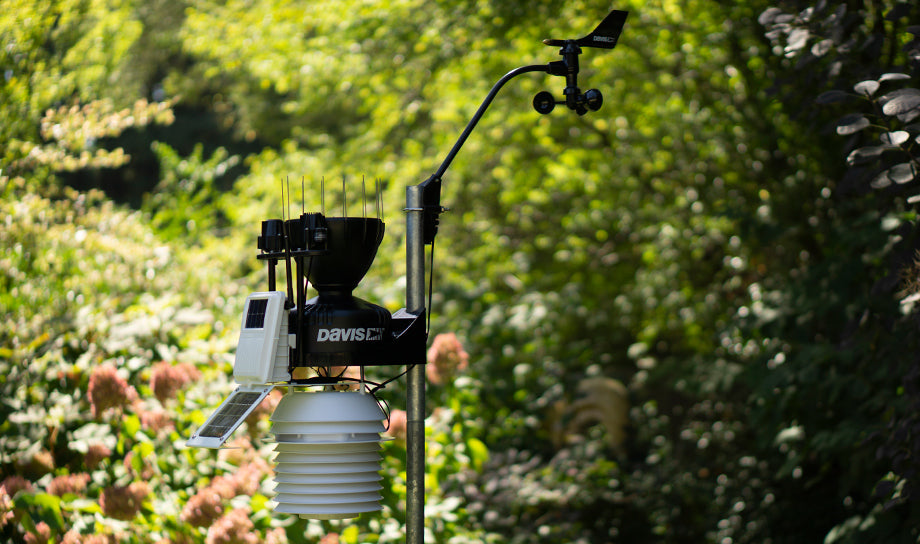
Got Rain Collector Envy? Upgrade your Vantage Pro2 Rain Collector to the AeroCone
You have probably noticed that the Vantage Pro2 now has a rain collector with a distinctive hourglass shape. The AeroCone improved the accuracy of rain data, especially in high wind/light rain conditions, of our previous cone shape.
The shape of the AeroCone reduces wind-induced errors by providing a more aerodynamic path around the collector. The contours of the collector are designed so that it streamlines the airflow and reduces flow distortions, particularly over the mouth of the cone. The design improves rain data accuracy in high wind situations where the horizontal wind velocity can cause underreporting.
 The enhanced design features don’t stop with the outer shape: the inside of the rain collector is equally well designed, keeping intact the carefully engineered interior walls that reduce splash-out during high rain conditions. An enhanced debris screen locks into place, ensuring that it remains in place during high winds and heavy rainfall events while the bird spikes keep our fine feathered friends from perching on the collector.
The enhanced design features don’t stop with the outer shape: the inside of the rain collector is equally well designed, keeping intact the carefully engineered interior walls that reduce splash-out during high rain conditions. An enhanced debris screen locks into place, ensuring that it remains in place during high winds and heavy rainfall events while the bird spikes keep our fine feathered friends from perching on the collector.
 You can easily upgrade your old Vantage Pro or Vantage Pro2 rain cone to the AeroCone. Simply twist your existing cone off and the new AeroCone on.
You can easily upgrade your old Vantage Pro or Vantage Pro2 rain cone to the AeroCone. Simply twist your existing cone off and the new AeroCone on.
See your Davis reseller or click here to order a AeroCone Rain Collector Cone Replacement Kit (6462) for just $35.
We’ve prepared an in-depth explanation of how the AeroCone increases accuracy. If you are interested, you can read it here.
In the face of escalating environmental risks, AEM is the essential source for insights on weather, climate, lightning, floods, wildfires, water management, and more.
Learn more about AEM and all of our solutions here.



